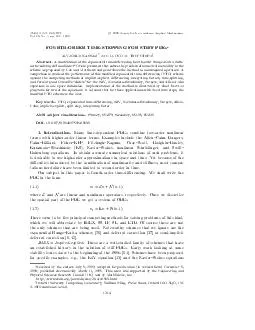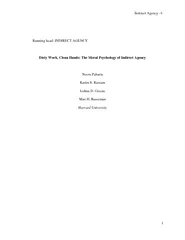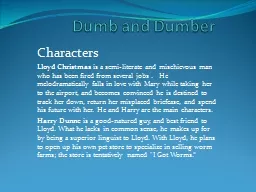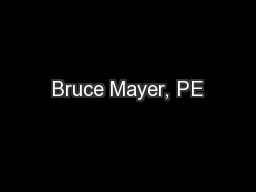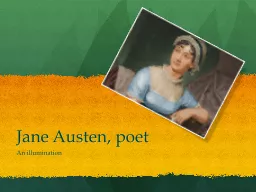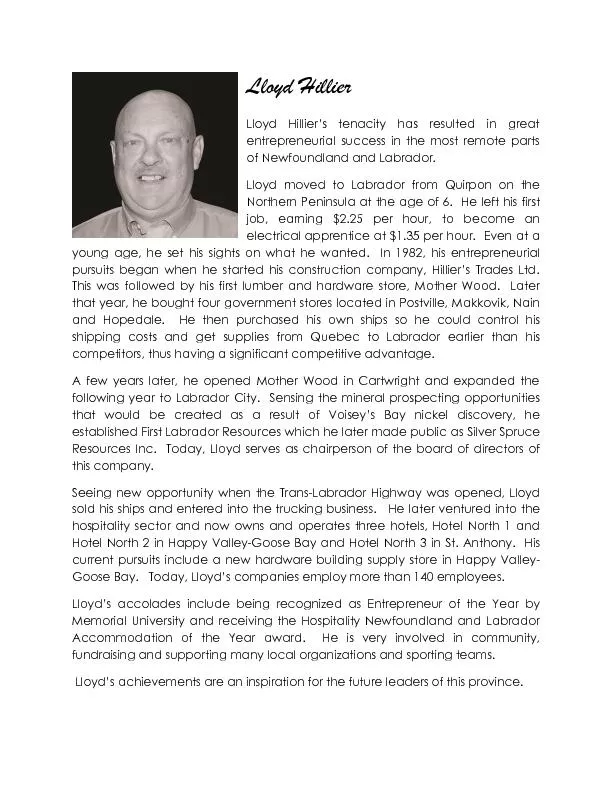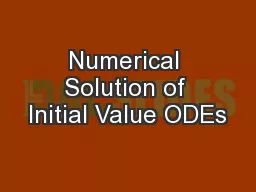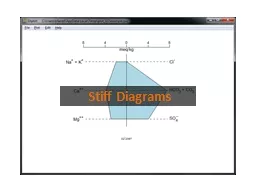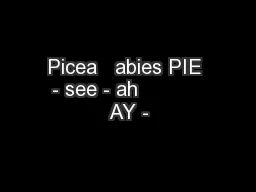PDF-FOURTHORDER TIMESTEPPING FOR STIFF PDEs ALYKHAN KASSAM AND LLOYD N
Author : ellena-manuel | Published Date : 2014-10-14
TREFETHEN SIAM J S CI OMPUT 2005 Society for Industrial and Applied Mathematics Vol 26 No 4 pp 12141233 Abstract A modi64257cation of the exponential timedi64256erencing
Presentation Embed Code
Download Presentation
Download Presentation The PPT/PDF document "FOURTHORDER TIMESTEPPING FOR STIFF PDEs ..." is the property of its rightful owner. Permission is granted to download and print the materials on this website for personal, non-commercial use only, and to display it on your personal computer provided you do not modify the materials and that you retain all copyright notices contained in the materials. By downloading content from our website, you accept the terms of this agreement.
FOURTHORDER TIMESTEPPING FOR STIFF PDEs ALYKHAN KASSAM AND LLOYD N: Transcript
Download Rules Of Document
"FOURTHORDER TIMESTEPPING FOR STIFF PDEs ALYKHAN KASSAM AND LLOYD N"The content belongs to its owner. You may download and print it for personal use, without modification, and keep all copyright notices. By downloading, you agree to these terms.
Related Documents

